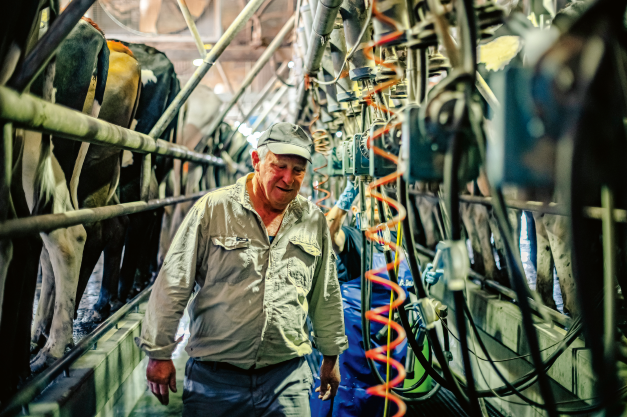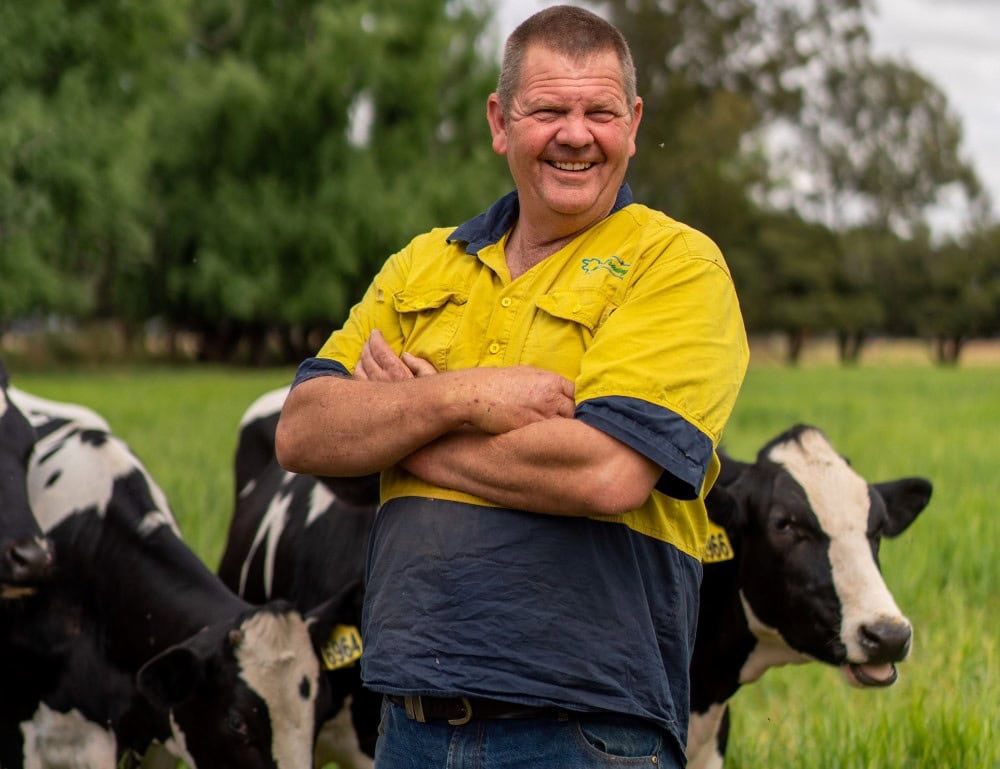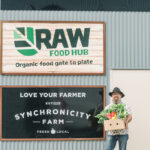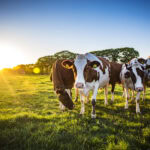Strolling through the fresh produce section of a supermarket 20 years ago and chances are…
Cheers to fresh milk

Fresh drinking milk remains as a staple market for Australian dairy farmers despite a hike in retail prices and competition from plant-based products.
Rabobank�s �Australia�s Drinking Milk Markets: from Loss Leader to Improving Performer� report concludes that liquid milk category is a major �pillar� for Australia�s dairy sector, accounting for 30 per cent of milk production and generating more than A$4 billion in revenue annually.
Full cream milk is still �category king�, equating to 56 per cent of all drinking milk sold in the country.
It�s good news for dairy farmers in NSW, which is the second largest dairy producing state in Australia and a key supplier of fresh milk.

Rabobank senior dairy analyst, Michael Harvey, said domestic consumption of drinking milk was a significant market for Australia�s dairy industry.
�As we begin 2023, the market is experiencing a structural increase in consumer prices across the dairy aisle, led by drinking milk in particular,� Mr Harvey said.
�This has been driven by dairy processors passing through record-high farmgate milk prices and higher supply chain costs, along with tight supply due to declining Australian milk production.
�For dairy farmers, higher consumer prices for milk and dairy products across supermarket aisles is welcome news. It will solidify the end of frustrations over the discounting of drinking milk.
�An extended period of industry-related disruption and low margins is slowly coming to an end.�
NSW Farmers Dairy committee Deputy chair, Malcolm Holm, said the end of the $1 per litre of milk saga has led to a new chapter of increased farmgate returns for dairy farmers in NSW.
�It�s fair to say that farmgate prices have been very good, and they have allowed some buffering of the dramatic increases in our input costs,� Malcolm said.
�That increase in farmgate prices is backed by a solid domestic market for fresh drinking milk, which is the end product for the majority of dairy farms in NSW.
�However, the world prices have come off a bit in recent weeks and we are seeing more imports of butter and cheese, particularly from New Zealand.�
Fresh milk market ages
The bad news is that Australia�s domestic drinking milk market is �very mature� with falling domestic consumption.
In 2021/2022, according to Dairy Australia, Australians consumed more than 2.5 billion litres of drinking milk, approximately 30 per cent of the estimated 8.554 billion litres of raw milk produced.
That ranks Australia as the fourth largest per capita consumer of fresh milk in the world behind Ireland. Finland and New Zealand.
However, the Rabobank report said that ranking may slip as the drinking milk market in Australia is �extremely mature� and domestic consumption is trending lower as dietary habits shift.
Dairy Australia figures indicate domestic milk consumption peaked in 2012/13 at 106.7 litres per person and has since fallen by 13 per cent. In 2021/22, total drinking milk consumption in Australia contracted by 1.1 per cent or 36 million litres.

�This is not a story unique to Australia, however,� said Mr Harvey.
�In many westernised economies, consumption of drinking milk shows a similar trajectory.
�Cost-of-living pressures and food price inflation are also providing some near-term headwinds globally, even though the consumption of dairy, including drinking milk, is relatively inelastic.�
Mr Harvey said the downward trend is being offset by growing exports of liquid milk and increased domestic consumption of other dairy products like cheese.
�The Australian liquid milk export sector has continued to perform strongly in recent years, despite dwindling milk supply,� he said.
In 2021/22, Australian exported more than 380 million litres of packaged milk to offshore markets. Between 2012 and 2022, Australia�s exports of liquid milk grew by an average of 17 per cent each year.
The �Greater China� markets � of mainland China, Hong Kong, Macau and Taiwan � have underpinned this export growth, the report says, with China itself the �clear stand out�.
�While not growing at the same pace as China, export volumes to Southeast Asia have been increasing on average by double digits over the same period.�
Mr Harvey said while fresh milk consumption is declining, other categories � such as cheese � continue to grow.








